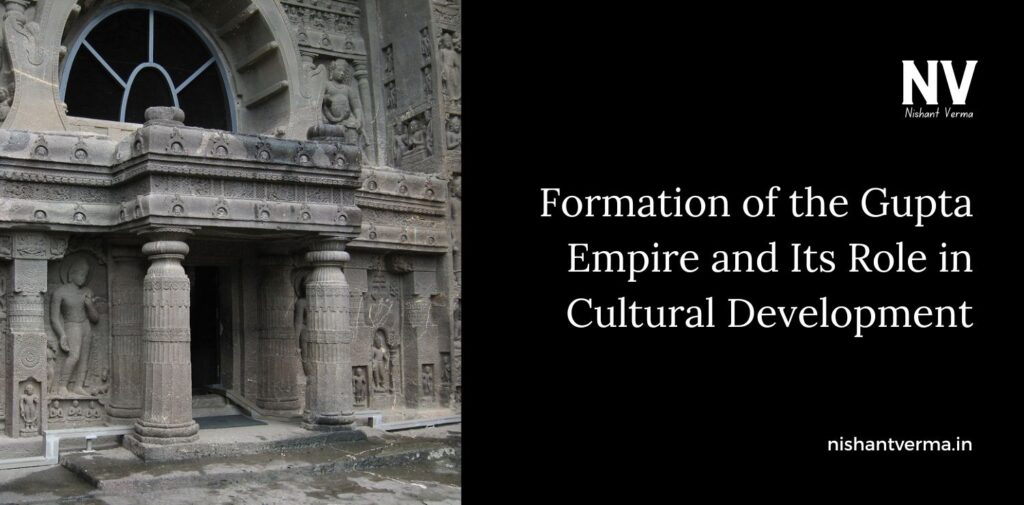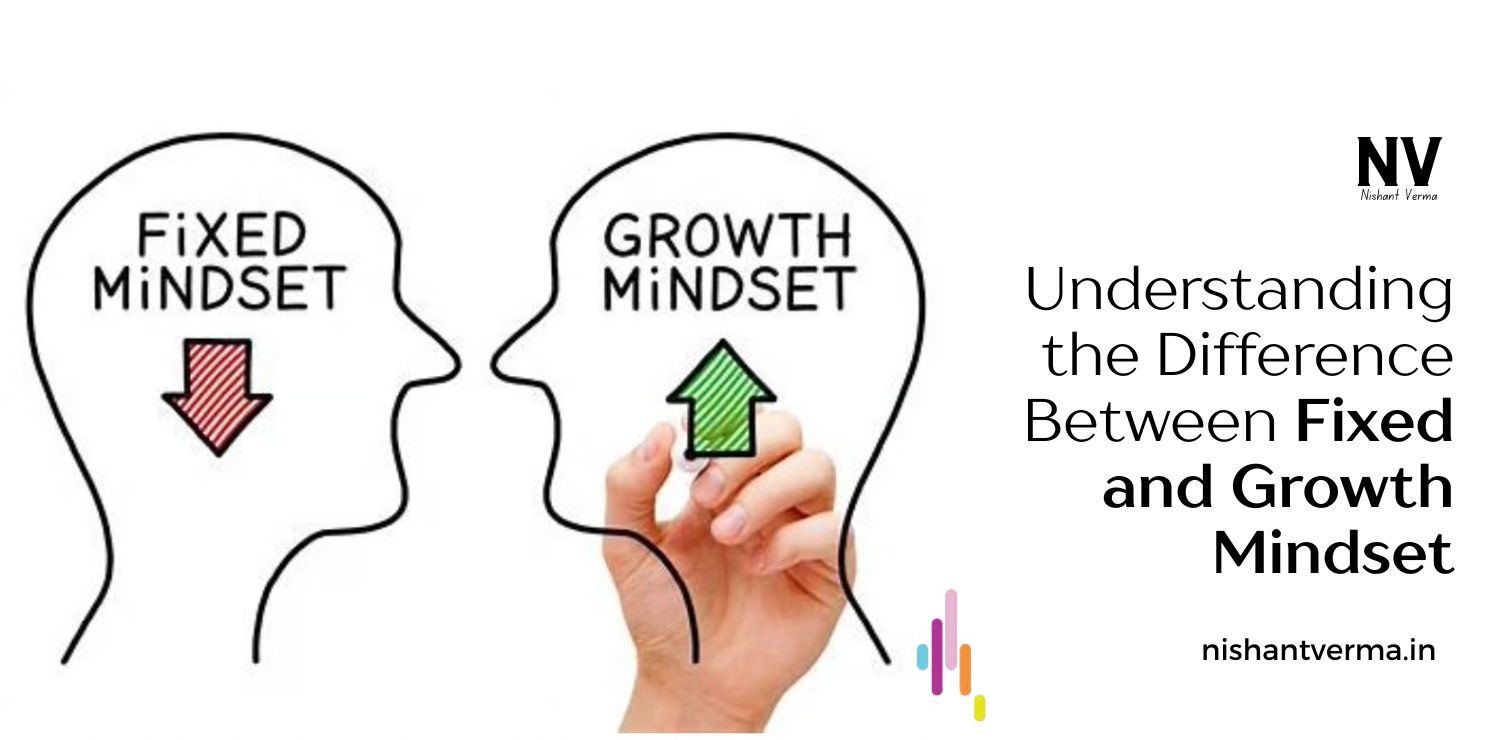The Gupta Empire, which flourished in ancient India between the 4th and 6th centuries CE, is often referred to as the “Golden Age” of Indian history. This period marked significant advancements in science, art, literature, mathematics, and philosophy. It was a time of great prosperity and cultural growth, with the empire laying the foundation for many ideas and innovations that would influence not just India, but the entire world. The Gupta Empire was not only a political powerhouse but also a beacon of cultural development that saw remarkable achievements in various fields. Understanding the formation of the Gupta Empire and its role in shaping Indian culture provides us with a glimpse into an era that continues to inspire and influence modern times.
Formation of the Gupta Empire
The Gupta Empire was established in the early 4th century CE by Chandragupta I, who founded the dynasty by uniting several small kingdoms in northern India. He is considered the first emperor of the Gupta dynasty, although it was under his successors that the empire reached its zenith. The empire began as a small kingdom in the region of Magadha, in present-day Bihar, and gradually expanded through both military conquests and strategic alliances.
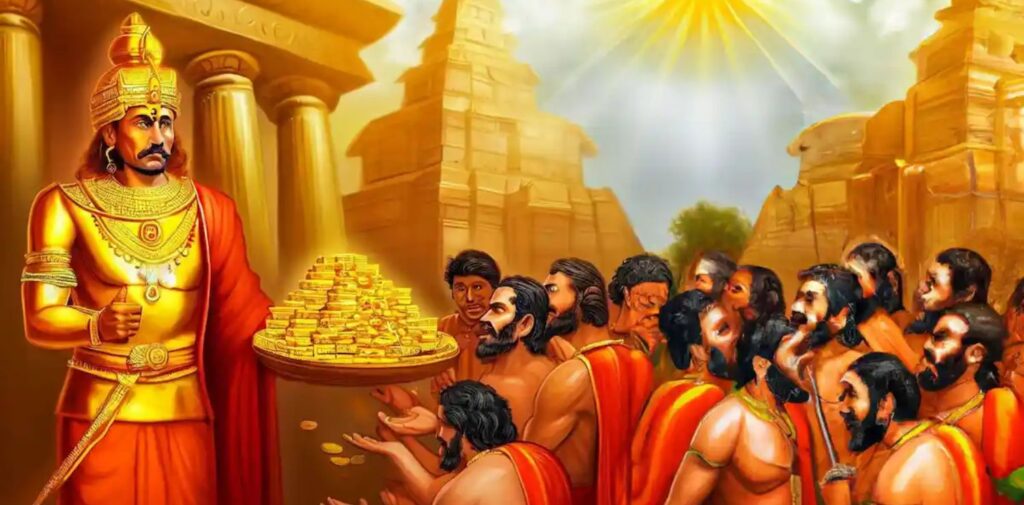
Chandragupta I’s son, Samudragupta, is often credited with turning the Gupta Empire into one of the most powerful empires of ancient India. He extended the boundaries of the empire through successful military campaigns that brought a vast part of northern and central India under his control. His reign is often described as a time of great territorial expansion, during which the Gupta Empire’s influence spread across the Indian subcontinent.
Chandragupta II, also known as Vikramaditya, further strengthened the empire through diplomatic alliances and military victories, particularly in the west. Under his leadership, the Gupta Empire reached its peak, both territorially and culturally. The empire’s capital, Pataliputra (modern-day Patna), became a thriving center of administration, culture, and trade. The Gupta Empire’s success was built on a combination of military prowess, efficient governance, and a flourishing economy, all of which provided the foundation for the cultural explosion that occurred during this period.
Cultural Development Under the Gupta Empire
The Gupta Empire is often remembered as a “Golden Age” because of the remarkable progress made in various fields, especially in science, literature, art, and mathematics. The peace and stability established under the Gupta rulers allowed for intellectual and artistic endeavors to flourish. This period also saw the patronage of scholars, artists, and philosophers, which led to the creation of some of India’s most enduring cultural achievements.
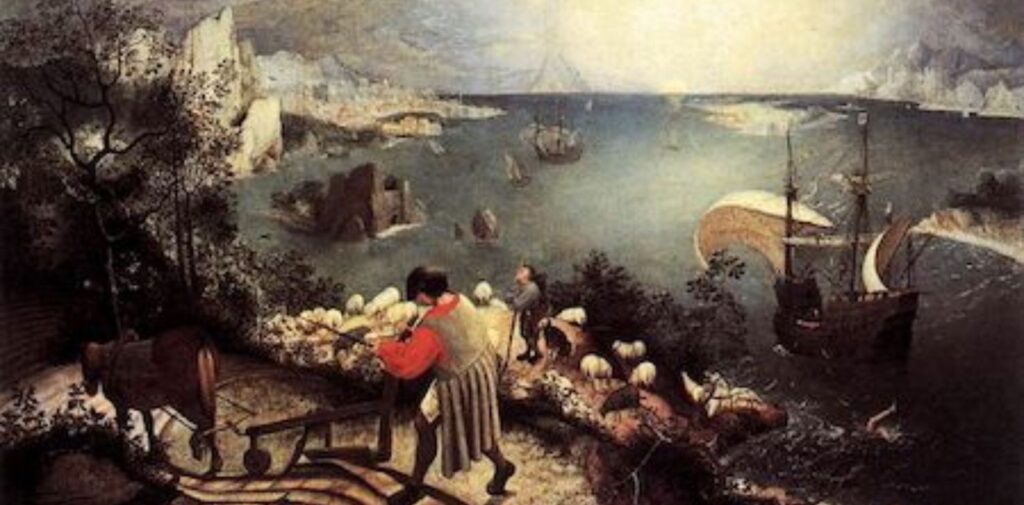
Literature and the Arts
The Gupta Empire saw the rise of a flourishing literary tradition that continues to be celebrated to this day. Kalidasa, one of the greatest poets and playwrights in Indian history, composed some of the most beloved works of Indian literature during this period. His famous plays, such as Shakuntala and Vikramorvashi, and his epic poetry like Raghuvamsa are considered masterpieces of Sanskrit literature. Kalidasa’s works are celebrated for their poetic beauty, intricate character development, and deep philosophical themes, which have influenced generations of writers and poets.
The Gupta period also saw the development of the Mahabharata and Ramayana in their classical forms, with various poets and scholars adding to their texts, enriching the epic stories and making them more accessible to the common people.
In the field of visual arts, the Gupta Empire is noted for its distinctive style of sculpture and architecture. Temples and statues from this period are known for their elegance and refinement. The famous Ajanta Caves, located in modern-day Maharashtra, contain stunning murals and sculptures that reflect the religious and cultural life of the time. These caves, along with other architectural marvels like the Dashavatara Temple in Deogarh, showcase the artistic and architectural achievements of the Gupta period.
Science and Mathematics
The Gupta Empire is perhaps best known for its groundbreaking contributions to science and mathematics. During this period, Indian scholars made significant strides in fields such as astronomy, medicine, and mathematics. The Gupta period is often referred to as the “Age of Mathematics” due to the incredible advances made during this time.
Aryabhata, one of the most influential mathematicians and astronomers of ancient India, was born during the Gupta period. Aryabhata is best known for his work on the approximation of pi (π) and for recognizing that the Earth rotates on its axis. His book, the Aryabhatiya, laid the foundation for many astronomical and mathematical theories that would later influence scholars in the Islamic world and Europe.
Another significant achievement of the Gupta period was the development of the decimal system and the concept of zero. Indian mathematicians during this time were the first to use zero as a placeholder in the decimal system, which revolutionized mathematics. This concept would later spread to the Arab world and, eventually, to the West, where it became a fundamental part of modern mathematics.
In medicine, scholars like Sushruta and Charaka contributed significantly to the development of surgery and Ayurvedic medicine. Sushruta’s work on surgery, particularly his techniques for performing cataract surgery and his knowledge of human anatomy, is still revered today. The Sushruta Samhita, an ancient medical text, remains one of the oldest known works on surgery and medicine.
Philosophy and Religion
The Gupta Empire was also a time of philosophical exploration and religious development. The Hindu religion, which had been undergoing various transformations for centuries, reached a period of refinement and codification during the Gupta period. The concept of the divine as represented by various gods and goddesses became more structured, and temples began to serve as centers for both religious worship and cultural activities.
Buddhism continued to thrive during the Gupta period, especially in regions such as Magadha and Kashmir, where monastic communities and universities, such as the famous Nalanda University, became renowned centers of learning. However, it was during this period that the Bhakti movement, a devotional form of Hinduism, began to grow, focusing on the worship of individual gods like Vishnu and Shiva.
Jainism, another important religious tradition in ancient India, also continued to be practiced during this time, though it was largely overshadowed by the rise of Hinduism and Buddhism. Jain scholars contributed to the fields of philosophy, ethics, and cosmology during the Gupta period.
The Gupta rulers themselves were great patrons of religion, supporting temples, monastic institutions, and scholars. Chandragupta I and his successors actively promoted religious tolerance, allowing people to follow their beliefs freely, which further strengthened the empire’s unity.
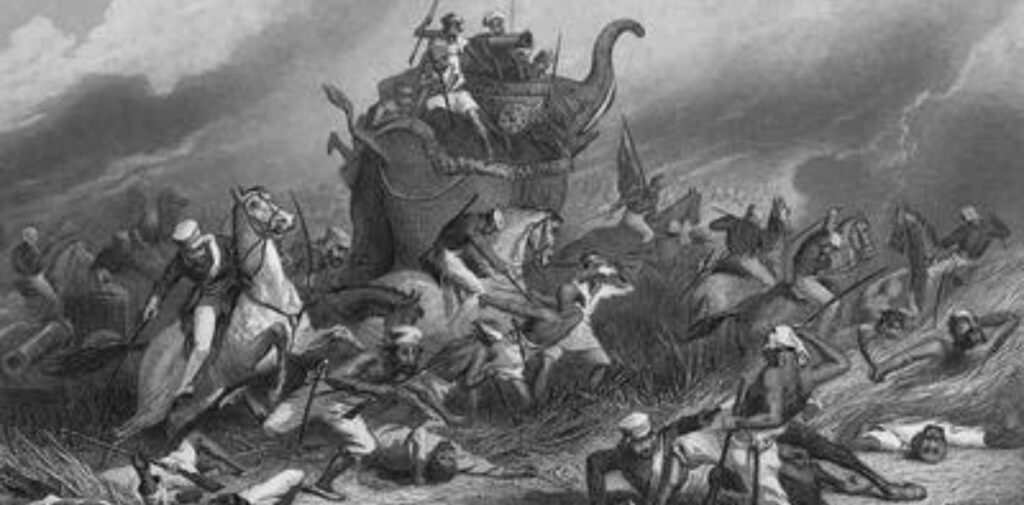
The Decline of the Gupta Empire
Despite the cultural and intellectual flourishing during the Gupta period, the empire eventually began to decline in the late 5th century CE. The reasons for the decline of the Gupta Empire are varied and complex. The empire faced internal struggles, including weak leadership and challenges to its authority from regional kingdoms. Additionally, the rise of Huna invasions (from Central Asia) in the 5th century weakened the Gupta Empire, leading to its fragmentation. By the end of the 6th century, the Gupta Empire had largely disintegrated.
Conclusion: The Lasting Legacy of the Gupta Empire
While the Gupta Empire eventually declined, its legacy continued to influence not only the Indian subcontinent but the world. The Gupta period laid the groundwork for the development of Indian culture, philosophy, science, and art. The remarkable achievements in literature, mathematics, and science during this time have left an indelible mark on the world’s intellectual heritage. The decimal system, the concept of zero, and the literary masterpieces created during the Gupta Empire continue to shape modern life.
The Gupta Empire’s role in cultural development cannot be overstated. It was an era of peace, prosperity, and intellectual growth that nurtured the talents of thinkers, artists, and scholars. Even today, the contributions of the Gupta Empire remain a symbol of the heights that human civilization can reach when guided by wisdom, creativity, and an enduring spirit of innovation.

